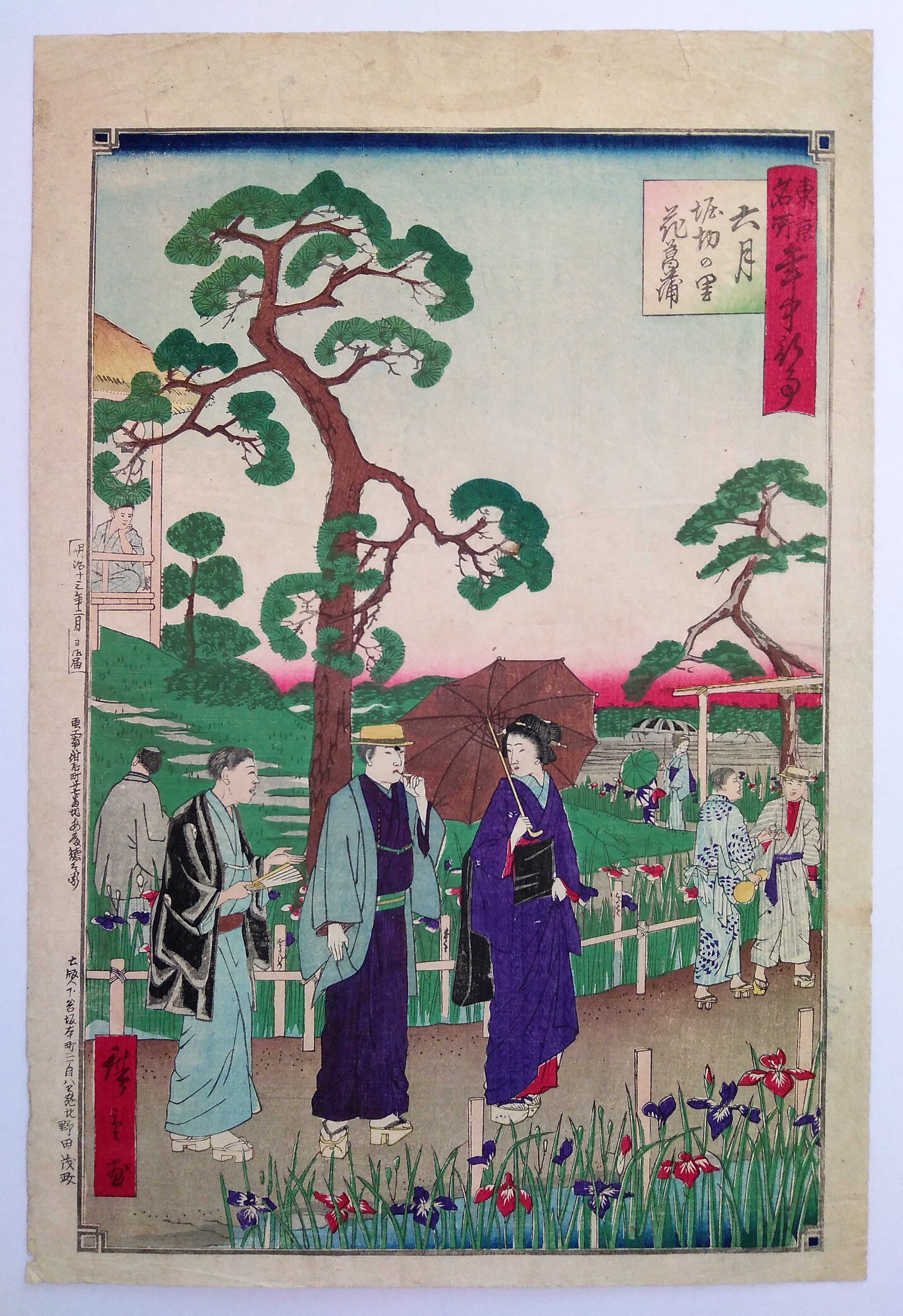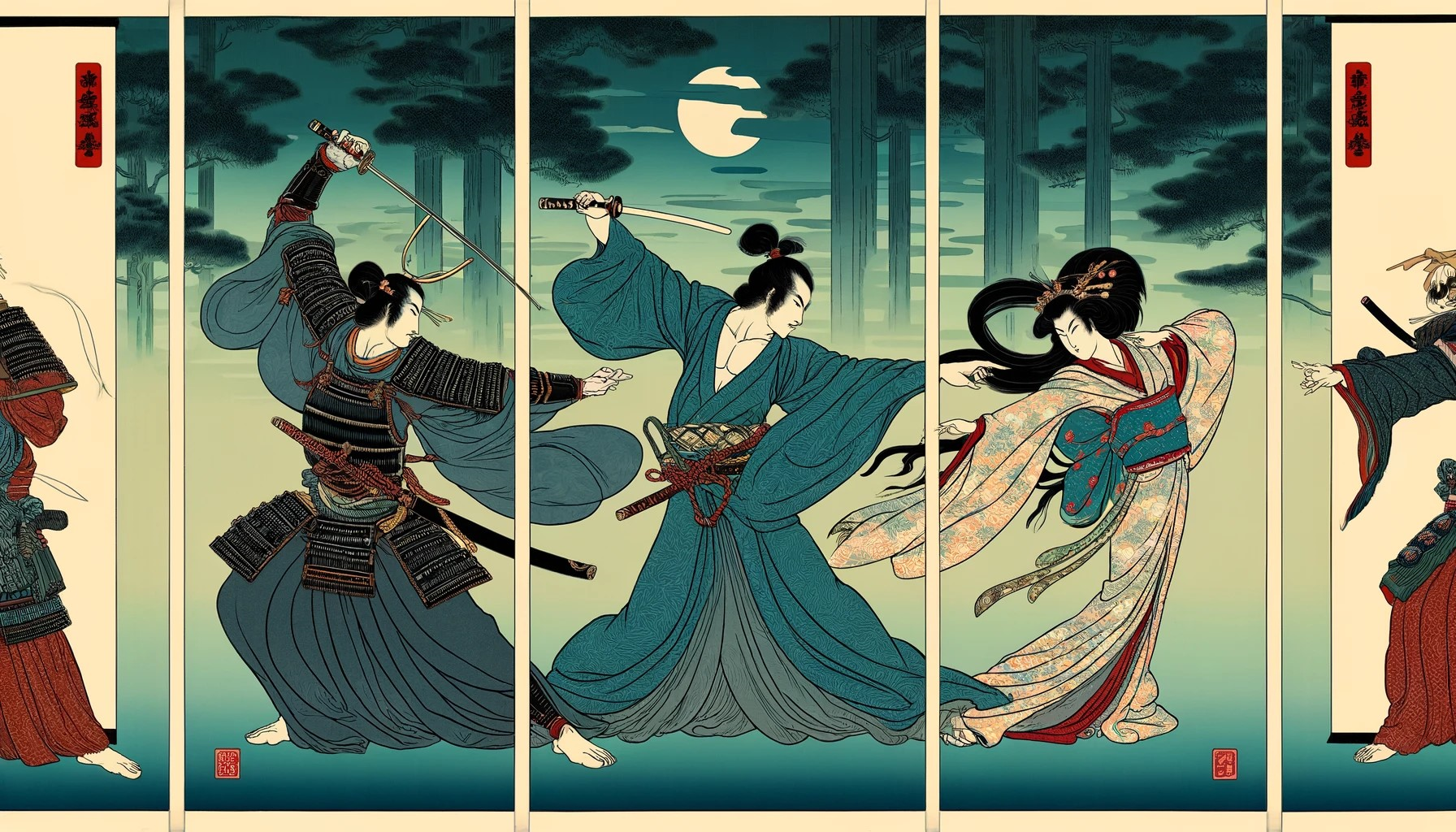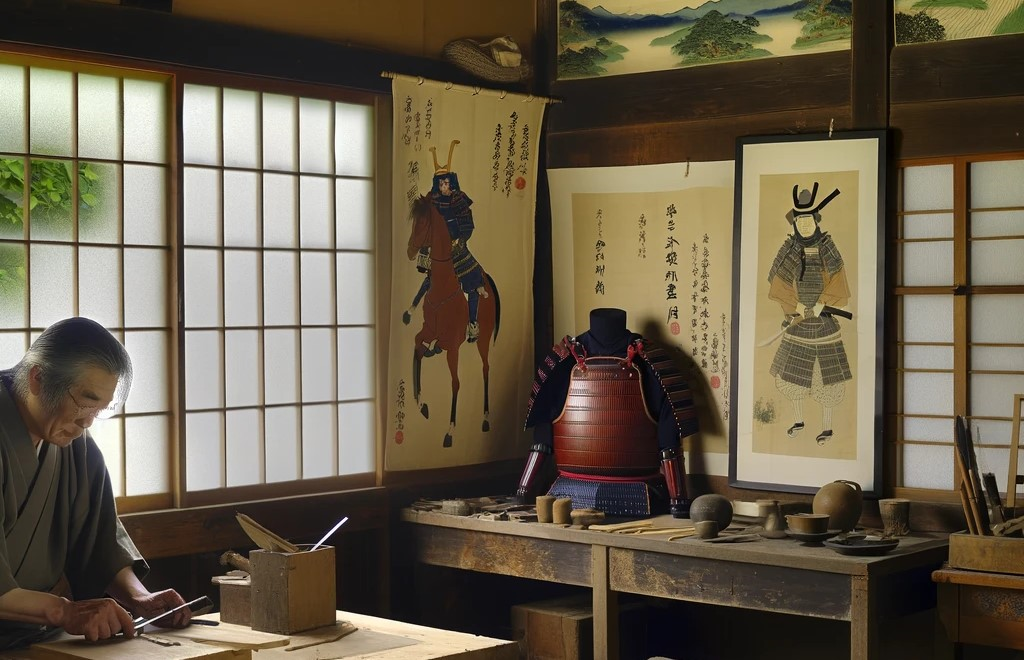Utagawa Hiroshige III (1842 ~ 1894)
Hiroshige III, born Gotō Torakichi (後藤寅吉), was an ukiyo-e artist of the Utagawa school, active in the second half of the 19th century.
Initially known by the artistic name Shigemasa (重政), Hiroshige III began his artistic education as a teenager under the renowned Hiroshige I.
After the death of his master, he became a student of Hiroshige I's protégé, Hiroshige II. Although Hiroshige II had married Ōtatsu (大辰),
Hiroshige I’s daughter, shortly after her father’s death in 1858, their marriage dissolved in 1865. After Hiroshige II retired to Yokohama in 1867,
Hiroshige III married Ōtatsu and adopted the name Hiroshige III.
Throughout his career, he used several artist names, including Isshosai (一笑斎), Shigemasa, and Shigetora (重虎).
Most of Hiroshige III’s work included landscapes and famous places in Tōkyō; however, he never achieved the technical skill or the propensity for innovation
of his predecessors. Unlike their prints, almost entirely produced during the Edo era, Hiroshige III's were created in the Meiji era, a time of astonishing
Westernization in Japan, which can be felt in the atmosphere of his prints. Besides meisho-e (名所絵, pictures of famous places), he is also recognized for his kaika-e
(開化絵, enlightenment pictures), which depict Japan's modernization during the Meiji period, including the building of the nation's first railroads.
Hiroshige III’s works can be found in prestigious collections such as the British Museum, Philadelphia Museum of Art, and Victoria & Albert Museum.

Iris at horikiri
June
Annual events

Mount Camelia at Sekiguchi
Famous views of modern Tōkyō
Sold out


